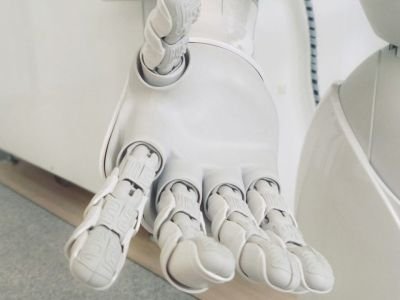Researchers at the University of Nebraska-Lincoln have developed a soft robotic system that can detect and repair its own injuries, similar to how human skin heals after an injury. In the future, this technology could help bring robots and humans closer together.
The muscle is made up of several layers, including silicone with droplets of liquid metal. These droplets respond to damage, such as punctures, by creating electrical signals that generate heat and seal the damaged area. This design allows the robot to not only find defects, but also restore its shape.
When the lower layer of muscle is damaged, the system detects it using current passing through built-in sensors, creating a local electrical network and heating the material. The heat melts the middle layer, allowing it to close the “wound” and restore the integrity of the structure.
The mechanism is based on electromigration, a process in which current moves metallic atoms. Electromigration allows the breakage of established conductive pathways and “zeroing” of the system, preparing it for the next recovery cycle.
In the field, robots often encounter sharp objects, and the new technology will allow them to work without frequent maintenance, and in medicine, it will extend the service life of wearable gadgets that are subject to constant mechanical stress. Self-healing materials can also significantly reduce the volume of electronic waste.


